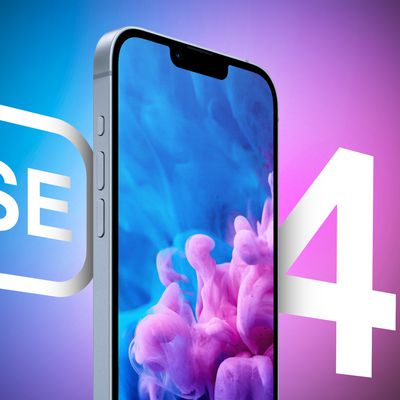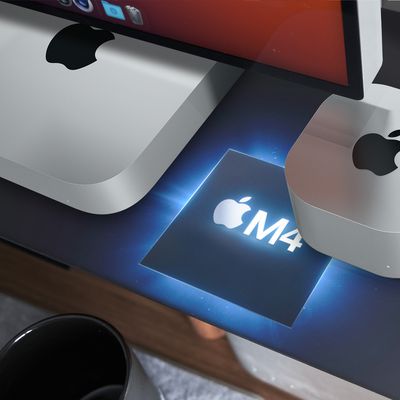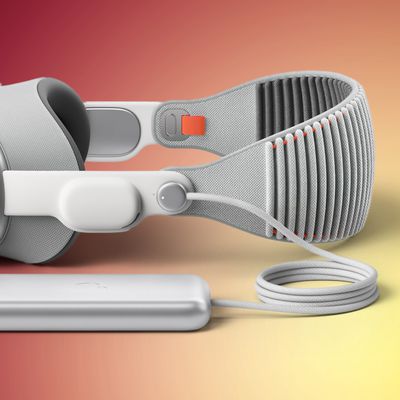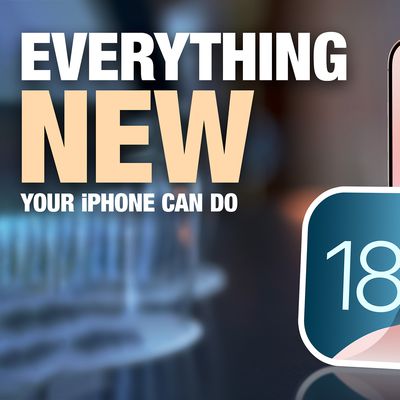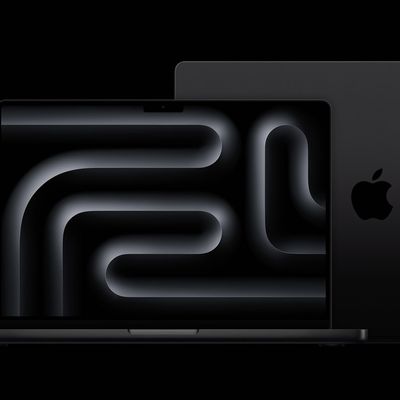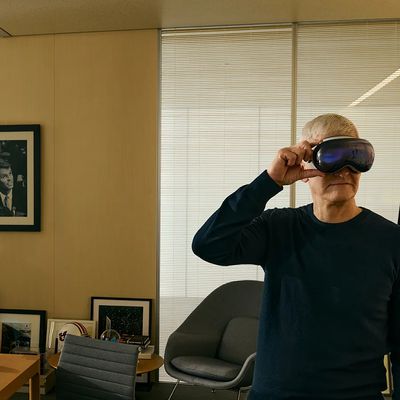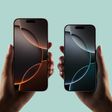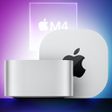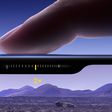Rising Sapphire Display Cost May Limit Production of 5.5-Inch iPhone 6
A new post on Weibo citing supply chain sources (Google Translate, via GforGames) claims Apple's 5.5-inch iPhone may see a limited production volume due to the use of high quality sapphire as a display material. According to the report, the high cost of producing the sapphire may hinder Apple's ability to include the scratch-resistant material in a large number of its smartphone models.
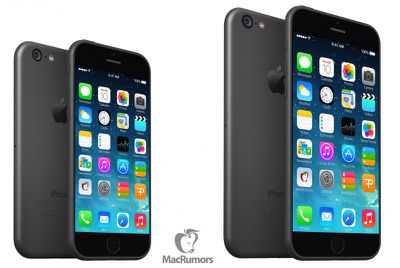
The report notes that Apple's sapphire display may cost 1743 yuan (or $280) in materials, which is a significant jump over the $44 estimated for the 4-inch Retina display used in the iPhone 5s. This extra expense could increase the retail price of the next generation iPhone by approximately 50 percent, which may price the smartphone beyond the affordability point for most consumers.
These latest reports suggest that the sapphire screen costs around 1743 yuan (or $280), which would raise the final cost of the device to about 8000 yuan (or $1285) – at least in China. At the moment, the 16 GB iPhone 5S costs 5288 yuan in China ($850), whereas the beefier 64 GB variant is retailed at the price of 6888 yuan (or $1106)
This rumor corresponds with an earlier report from analyst Ming-Chi Kuo, who suggested that supply constraints may force Apple to reserve the sapphire display for premium iPhone models such as the 64GB version of the 5.5-inch iPhone 6.
Though Apple still buys sapphire from third-party suppliers, the company is starting to produce the material in small quantities at its Arizona facility. The sapphire production plant, which is financed by Apple and operated by GT Advanced, is expected to produce between 100 and 200 million sapphire displays, enough for an entire line of devices when it reaches full operating capacity.
Popular Stories
Apple suppliers will begin mass production of the fourth-generation iPhone SE in December, supply chain analyst Ming-Chi Kuo said today in a blog post.
The fourth-generation iPhone SE is expected to have a similar design as the base iPhone 14, with rumored features including a 6.1-inch OLED display, Face ID, a newer A-series chip, a USB-C port, a single 48-megapixel rear camera, 8GB of RAM...
Apple today released a new firmware update for the original AirPods Pro, the AirPods 2, the AirPods 3, and the Lightning version of the AirPods Max headphones. The new firmware is version 6F21, up from the prior 6A326 firmware that these devices were previously running.
There is no word on what's included in the firmware, but given that these are all older models, it is likely that the new...
Apple's Mac mini has long been a powerhouse in a compact form, offering impressive performance in a small package. With rumors swirling about a completely overhauled new model that is likely just days away from being announced, anticipation is building for what Apple has in store.
From enhanced connectivity to major hardware upgrades, the upcoming Mac mini promises to bring significant...
Apple has abruptly reduced production of the Vision Pro headset and could stop making the current version of the device completely by the end of 2024, The Information reports.
Citing multiple people "directly involved" in making components for the headset, the report says that the scaling back of production began in the early summer. This indicates that Apple now has a sufficient number of...
In select U.S. states, residents can add their driver's license or state ID to the Wallet app on the iPhone and Apple Watch, providing a convenient and contactless way to display proof of identity or age at select airports and businesses, and in select apps.
Below, we outline which U.S. states offer the feature, and additional states that have committed to rolling it out in the feature in...
Apple is expected to release iOS 18.1 on Monday, October 28, bringing the first set of Apple Intelligence features to iPhone 15 Pro and iPhone 16 models. This update marks the first significant step forward in Apple's AI integration, offering a new Siri contextually-aware experience and a range of additional capabilities powered by on-device machine learning and large language models. There are a ...
Apple's Greg Joswiak today made it clear that Apple plans to reveal new products next week, teasing refreshed Macs. In a social media post, Joswiak said to "Mac your calendars" because there's an exciting week of announcements that start on Monday morning.
With Joswiak's announcement, it appears that there will not be a dedicated October event for Macs this year, with Apple instead...
Apple's marketing chief Greg Joswiak today teased that the company has an "exciting week of announcements" planned next week. Joswiak said to "Mac" your calendars, and the post includes an animated icon for the Finder app on the Mac, so it is clear that at least some of next week's announcements will be related to the Mac.
Subscribe to MacRumors on YouTube for more videos!
Below, we have...
The Wall Street Journal's Ben Cohen this summer interviewed Apple CEO Tim Cook about the Vision Pro, innovation, Apple Intelligence, and more.
Image Credit: Vanity Fair
Cook admitted that the Vision Pro headset is not a mass-market product due to its high price.
"At $3,500, it's not a mass-market product," said Cook. "Right now, it's an early-adopter product. People who want to have...



